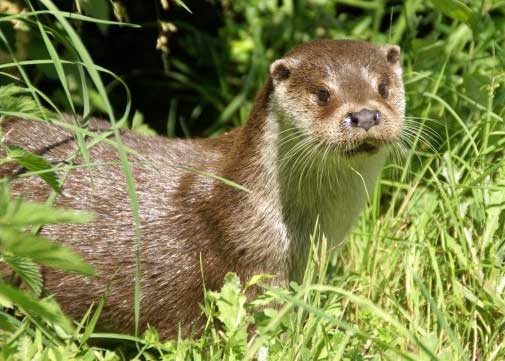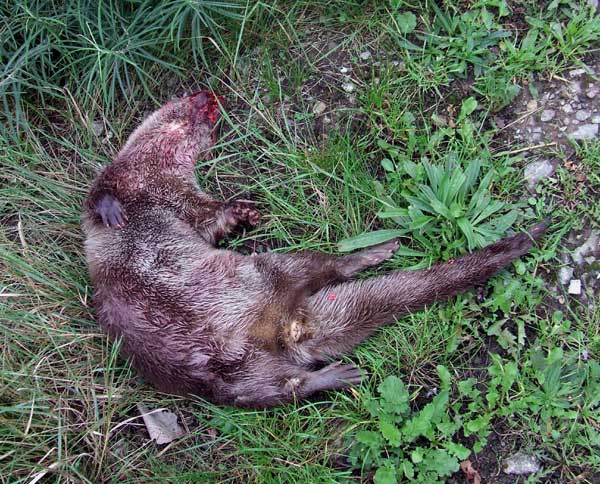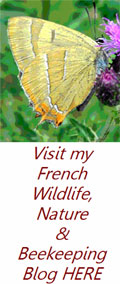Eurasian Otter
Lutra lutra
Loutre
Almost everybody knows something about otters
and has some knowledge of what they are, that they live in water and eat fish, but most people have never seen one in the wild or at best only once or twice.
At the beginning of the 20th century the otter was present and relatively abundant in just about every part of Europe, then in the 1930’s their populations started to decline and by the 1950’s – 1960’s the decline had become quite rapid with them having disappeared completely from 60 departments in France. The populations continued to weaken into the 1980’s until eventually they only remained on the Atlantic coast and in the Massif Central. Since the 1990's the situation improved, starting with a gradual re-colonisation that gathered pace as they expanded again. Importantly fragmented groups have joined up to improve the genetic mix.
The situation in the rest of Europe followed a similar pattern with probable near extinction in Holland, Switzerland, Italy, Belgium and Luxembourg. The U.K saw similar declines but following conservation initiatives including cleaner rivers they have bounced back there as well.
The decline resulted from a number of factors,
and many of these have been the cause of serious harm to other species.
Traditionally otters have been a victims of persecution from hunting and trapping, hopefully this practice has almost ceased! Anyone known to be harming otters or any other protected species should be immediately reported to the Gendarmerie or the ONCFS
Pollution has been and continues to be a major threat to the health of otters the main dangers being organochlorines dieldrin, polychlorinated biphenyls and mercury (industrial pollution). Coastal populations are at risk from oil spills (accidents and flushing of ships tanks). Organic pollution from nitrates and slurry (agricultural pollution).
Strangulation and drowning both in fishing nets and in traps designed to kill other species.
Road building is a major problem; many otters are killed by traffic when new roads are built in their territory (77% of known deaths in the Central West of France).
Habitat loss from drainage and drying up of large ponds / lakes and waterways, river bank "improvements" and farming right up to the edge of rivers etc. bank side vegetation being very important. Poisoning may also be a factor.
Lifestyle and breeding
Is the tide turning it favour of the otter?
Yes.
Thanks to cleaner rivers, greater understanding from the angling community and commercial fish breeders they are recolonising their old territories and increasing their range year on year which is fantastic. Fully protected species.






